Subtotal: $247.00
LEVEL II: Assessment, Intervention & Co-Morbidities presented from The Gottman Relationship Institute
$500.00 $147.00
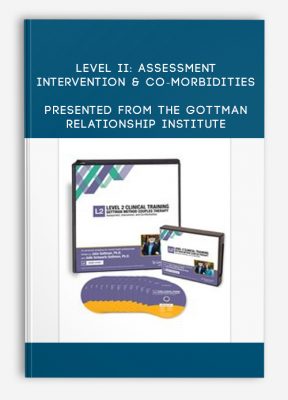
LEVEL II: Assessment, Intervention & Co-Morbidities presented from The Gottman Relationship Institute
The goal of this recording is to provide the learner with clinical familiarity, knowledge and resources to integrate Gottman Method Couples Therapy assessments and interventions into their practices. In this dynamic experience with Drs. John and Julie Gottman, you will learn how to incorporate the research-based Gottman Assessment and Intervention Methods into your clinical practice. In these videos, you will:
- Assess a couple’s “Friendship Profile,” “Conflict Profile,” and “Shared Meanings Profile”
- Develop interventions that couples can use as antidotes to the “Four Horsemen.”
- Help couples to soothe physiological flooding.
- Apply six modes of changing the “Attack/Defend System” in a couple’s interactions.
- Assist couples in establishing dialogue about their gridlocked conflicts.
- Select and implement interventions to help couples deepen their “Friendship System” with rituals of connection.
- Select and implement interventions to help couples create a shared system of values and meaning.
- Identify five different co-morbidities common to couples using Gottman Core Assessments and implement interventions.
Get LEVEL II: Assessment, Intervention & Co-Morbidities presented from The Gottman Relationship Institute on Salaedu.com
- Explain the basics of observation including why it’s important to recognize Emotions on the Human Face, Tension in the Voice, the Importance of Words and the use of the SPAFF coding system
- Describe the seven levels of the Sound Relationship House theory
- Describe how to recognize Bids and Turning Towards
- Explain the components of the first three Assessment sessions
- Explain and demonstrate how to conduct an Oral History Interview
- Explain and demonstrate how to conduct a Feedback Session, including how to formulate a Treatment Plan and how to present it to the couple using the Sound Relationship House model
- Describe the use of the core assessments with couples, including the Locke-Wallace, Weiss-Cerretto, Gottman Sounds Relationship House Questionnaires, Gottman 19 Areas Checklist, EAQ, SCL-90, Detour Scales, CAGE, and b-MAST
- Explain and demonstrate the rules for Gentle Start Up
- Develop interventions that couples can use as antidotes to the “Four Horsemen”
- Prepare couples to physiologically soothe when flooded
- Select and implement interventions to help deal with conflict
- Apply different modes of changing the “Attack/Defend System” in a couples interaction
- Assist couples to establish dialogue about their grid-locked conflicts
- Instruct couples on how to work towards compromise on perpetual problems using the Two Oval method
- Describe the five steps of processing a fight or a regrettable incident using the Aftermath of A Fight intervention
- Use and describe the Stress-Reducing Conversation to minimize relapse
- Select and implement interventions to help couples deepen their “Friendship System” by working on Fondness and Admiration
- Select and implement interventions to help couples Build Shared Meaning with Rituals of Connection
- Identify and formulate a plan for different co-morbidities common to couples using Gottman Method Couples Therapy Assessment and Intervention
- Describe how to apply Gottman Method Couples Therapy to a couple who has experienced an affair
- Describe when it is appropriate and inappropriate to use Gottman Method Couples Therapy with a couple dealing with substance abuse
- Describe how to apply Gottman Method Couples Therapy to a couple experiencing Post Traumatic Stress Disorder
- Describe the differences between situational and characterological domestic violence and when it is appropriate and inappropriate to use Gottman Method Couples Therapy with a couple dealing with domestic violence
Get LEVEL II: Assessment, Intervention & Co-Morbidities presented from The Gottman Relationship Institute on Salaedu.com
1 review for LEVEL II: Assessment, Intervention & Co-Morbidities presented from The Gottman Relationship Institute
Add a review Cancel reply
Related products
Self Development
Internet Marketing Courses
Creative Thinking For Entrepreneurs Workshop from Dan Kennedy
Internet Marketing Courses
Self Development
Internet Marketing Courses
Self Development
Transgender, Gender Non-Binary (TGNB) Clients from lore m dickey
Internet Marketing Courses

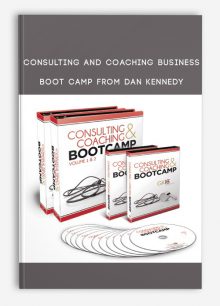 Consulting and Coaching Business Boot Camp from Dan Kennedy
Consulting and Coaching Business Boot Camp from Dan Kennedy 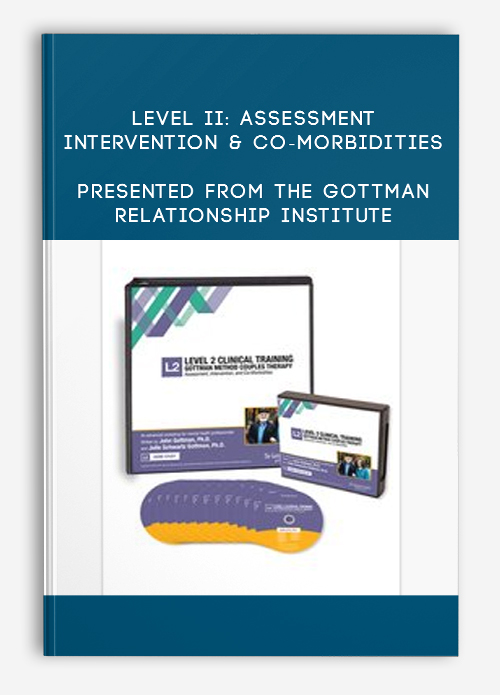
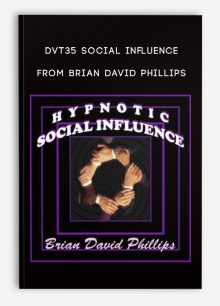
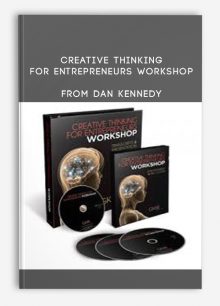
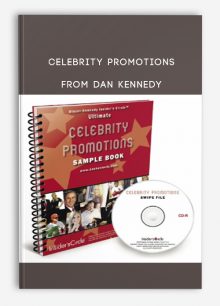
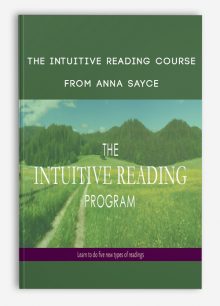
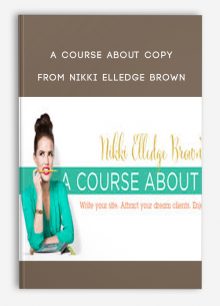
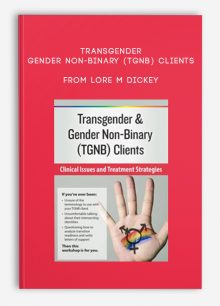

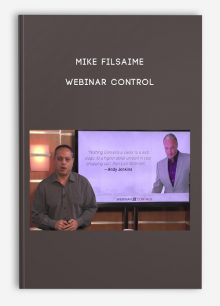
king –
We encourage customers to contact Customer Service and think twice before making payment. All course contents will be similar to what is from the author.